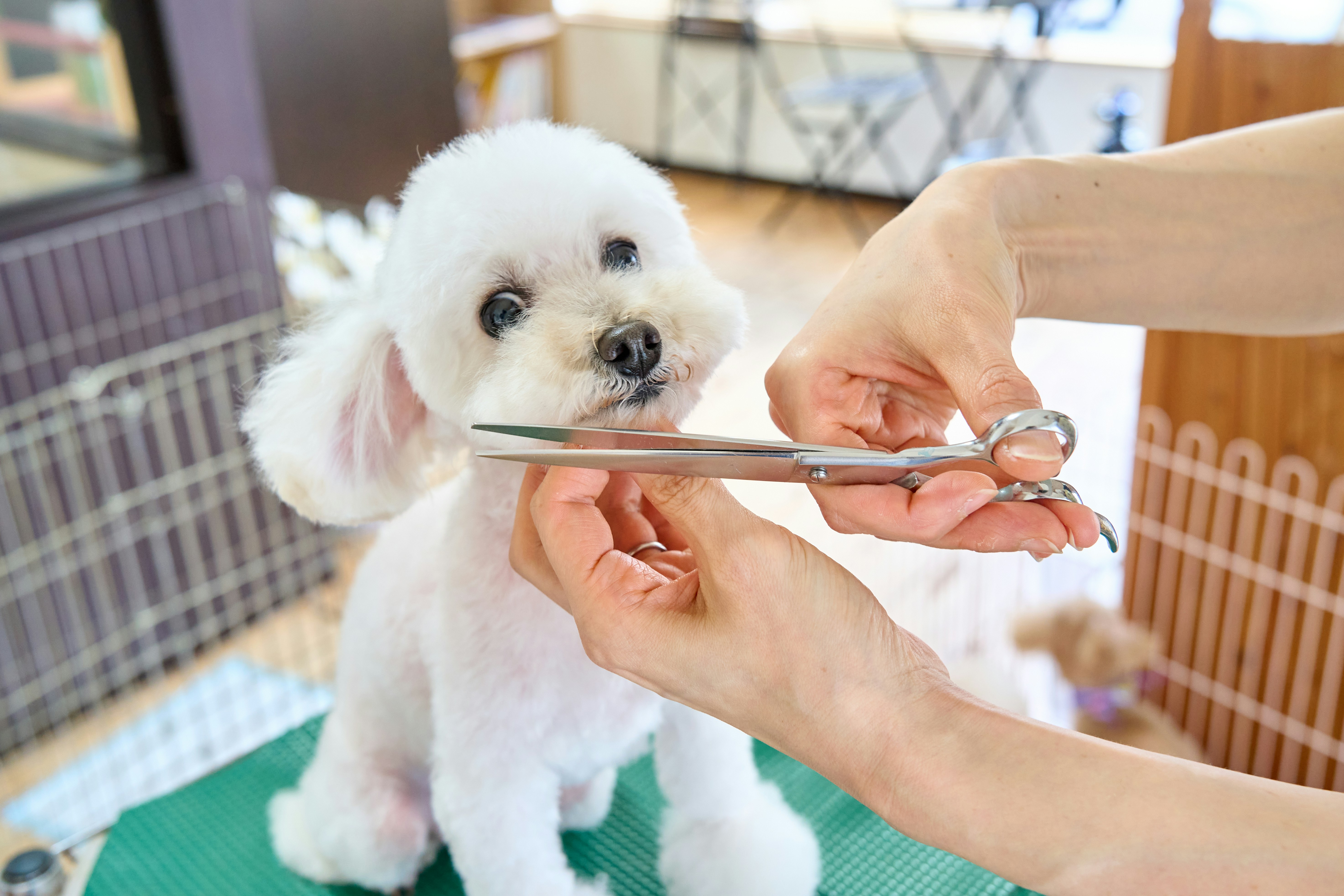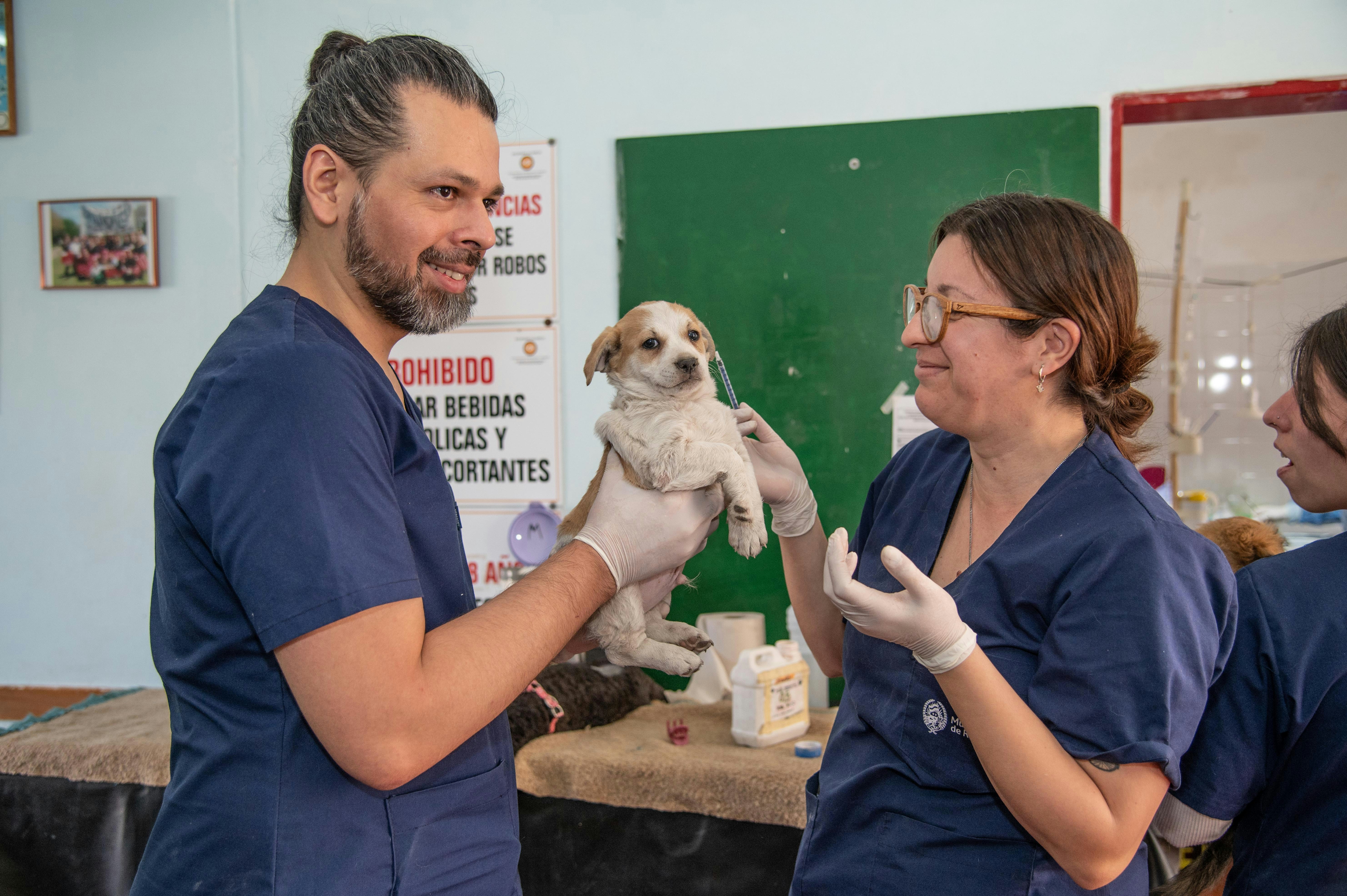Pet Grooming Essentials: From Bathing to Nail Trimming Made Easy

Pet Grooming Essentials: From Bathing to Nail Trimming Made Easy
Pet grooming is more than just about keeping your furry friend looking neat—it is a vital part of maintaining their overall health and well-being. Regular grooming prevents skin issues, reduces shedding, and strengthens the bond between pets and their owners.
For many pet parents, however, the idea of grooming at home can feel overwhelming. Questions such as How often should I bathe my dog? , Do cats really need baths? , or How can I safely trim my pet’s nails? often arise. The good news is that with the right tools, knowledge, and patience, grooming can become a routine that is both enjoyable and stress-free.
This article covers the essential aspects of pet grooming, from bathing techniques to brushing, nail trimming, ear cleaning, and dental care —ensuring your pet looks and feels their best.
1. Why Grooming Matters
1.1 Health Benefits
- Prevents skin conditions : Regular grooming removes dirt, debris, and loose hair that can cause irritation.
- Detects issues early : While brushing or bathing, you may notice lumps, cuts, parasites, or infections.
- Reduces shedding : Grooming helps control fur in the home environment.
- Supports mobility : Proper nail length prevents discomfort and joint stress.
1.2 Emotional Benefits
Grooming can be a bonding experience. When done gently, it helps build trust and reassures pets that they are safe and cared for.
2. Bathing Basics
2.1 How Often Should Pets Be Bathed?
- Dogs : Most dogs need a bath every 4–6 weeks, but this varies depending on coat type, lifestyle, and skin condition. Active dogs or those with oily coats may require more frequent baths.
- Cats : Cats are naturally good self-groomers. Most only need a bath if they are elderly, ill, or have gotten into something dirty or sticky.
2.2 Choosing the Right Shampoo
Always use pet-specific shampoos —human products can irritate their skin. Special shampoos exist for:
- Sensitive skin.
- Flea and tick prevention.
- Moisturizing dry coats.
2.3 Bathing Tips
- Brush your pet before bathing to remove tangles and mats.
- Use lukewarm water—never too hot or cold.
- Wet thoroughly, apply shampoo, and lather gently.
- Avoid eyes, ears, and mouth.
- Rinse completely to prevent residue, which can cause itching.
- Dry with a towel or pet dryer (on low heat).
3. Brushing and Coat Care
3.1 Why Brushing Is Essential
- Removes dirt and loose fur.
- Prevents mats and tangles.
- Stimulates natural oils for a shiny, healthy coat.
3.2 Tools for Different Coats
- Short-haired pets : Use a bristle brush or rubber grooming mitt.
- Medium to long-haired pets : A slicker brush and wide-tooth comb help manage tangles.
- Thick or double coats : Undercoat rakes remove loose fur and reduce shedding.
3.3 Frequency
- Dogs: Depending on coat type, brushing may be needed daily (long-haired breeds) or weekly (short-haired breeds).
- Cats: Weekly brushing often suffices, though long-haired breeds may require daily care.
4. Nail Trimming Made Easy
4.1 Why Nail Care Matters
Overgrown nails can lead to:
- Painful walking or limping.
- Joint misalignment.
- Broken or torn nails, which can cause bleeding or infections.
4.2 Tools
- Guillotine-style clippers : Easy for beginners.
- Scissor-style clippers : Great for thick nails.
- Grinders (Dremel tools) : Smooth edges and reduce the risk of splintering.
4.3 Step-by-Step Trimming
- Hold your pet’s paw gently but firmly.
- Identify the quick (the pink area with blood vessels inside the nail).
- Clip just the tip, avoiding the quick. For dark nails, trim gradually in small amounts.
- Reward your pet with treats and praise after each nail.
If you accidentally cut into the quick, use styptic powder to stop bleeding.
5. Ear Cleaning
5.1 Why It’s Important
Dirty ears can lead to infections, especially in breeds with floppy ears (like Cocker Spaniels) or cats prone to wax buildup.
5.2 Cleaning Tips
- Use a vet-approved ear cleaner—never alcohol or hydrogen peroxide.
- Apply a small amount to a cotton ball or pad (not cotton swabs, which can damage the ear canal).
- Gently wipe visible dirt and wax.
- Watch for signs of infection: redness, foul odor, or constant scratching.
6. Dental Hygiene
6.1 Dental Health and Longevity
Dental disease affects up to 80% of dogs and cats over age three. Poor oral hygiene can cause pain, tooth loss, and even heart or kidney issues.
6.2 At-Home Care
- Brush your pet’s teeth with a pet-safe toothbrush and toothpaste .
- Start slowly, introducing the brush with rewards.
- Use dental chews, water additives, or toys that reduce plaque buildup.
6.3 Professional Care
Annual dental cleanings by a veterinarian may be necessary, especially for breeds prone to dental problems.
7. Grooming Cats vs. Dogs: Key Differences
- Cats : Generally self-sufficient, requiring less frequent bathing. Focus on brushing, nail trimming, and dental care.
- Dogs : Often need more frequent baths, coat-specific grooming, and ear cleaning.
Understanding species-specific needs ensures pets remain healthy and stress-free.
8. Creating a Positive Grooming Experience
8.1 Start Early
Introduce grooming during puppyhood or kittenhood to make it a normal experience.
8.2 Use Positive Reinforcement
Reward with treats, praise, or playtime after each grooming session.
8.3 Keep Sessions Short
Especially for anxious pets, break grooming into smaller, manageable steps.
8.4 Professional Grooming
Some pets may require professional grooming, especially long-haired breeds or those needing specialized care (e.g., poodles, Persian cats).
9. Common Grooming Mistakes to Avoid
- Using human shampoo instead of pet-safe products.
- Clipping nails too short and causing pain.
- Ignoring ears and teeth in grooming routines.
- Bathing too often, stripping natural oils from the coat.
- Rushing the process, creating fear or stress.
10. Conclusion
Pet grooming is not just about appearance—it is about health, comfort, and building trust. By learning the basics of bathing, brushing, nail trimming, ear cleaning, and dental care, pet parents can ensure their furry companions remain happy and healthy.
Whether done at home or with the help of a professional groomer, grooming should be a positive, consistent routine . With patience, proper tools, and gentle handling, grooming can transform from a daunting task into an enjoyable bonding experience.
Your pet will not only look great but also thrive physically and emotionally.




